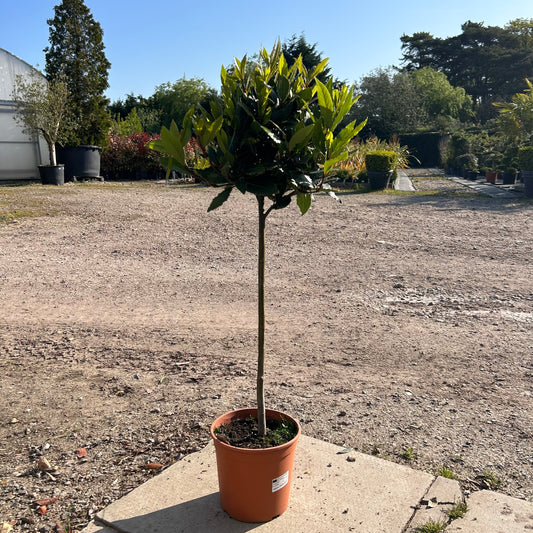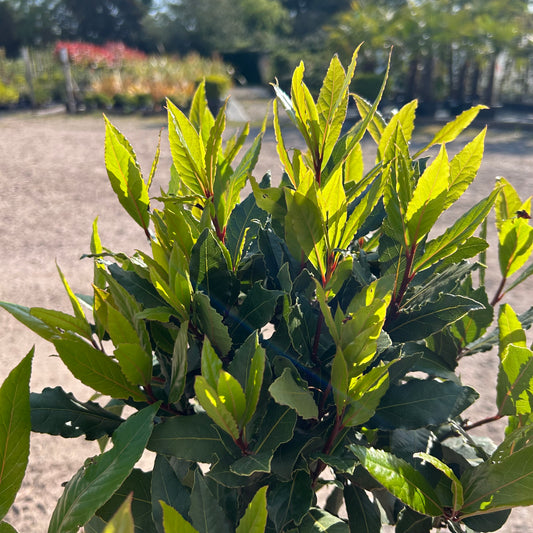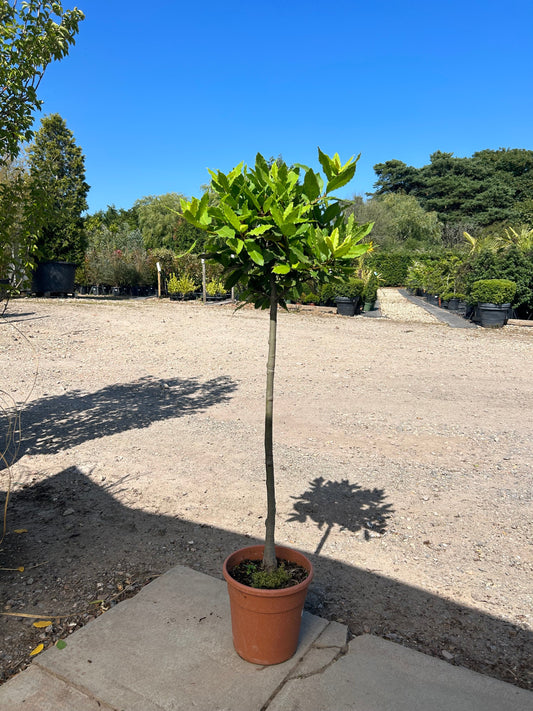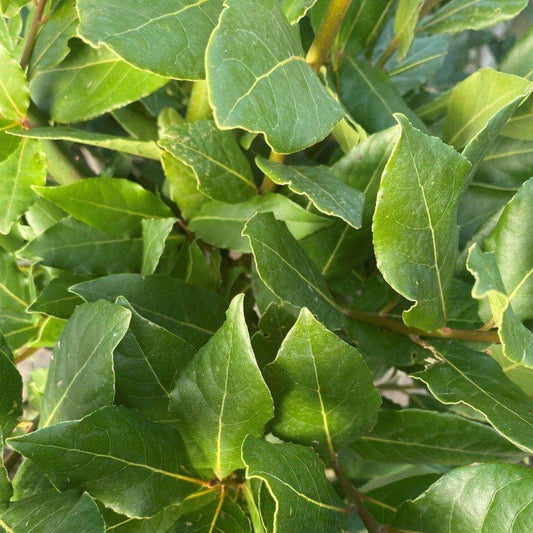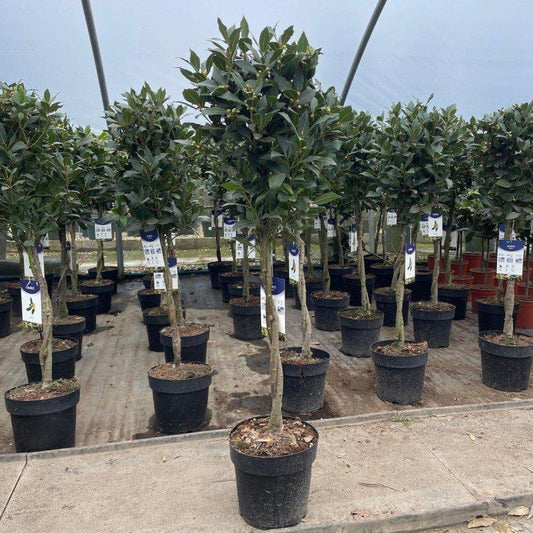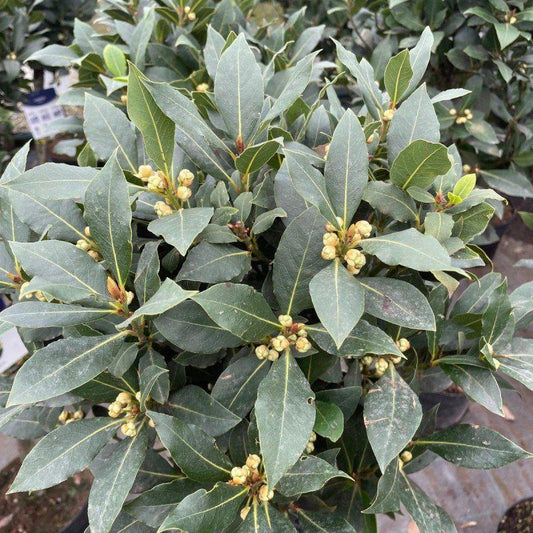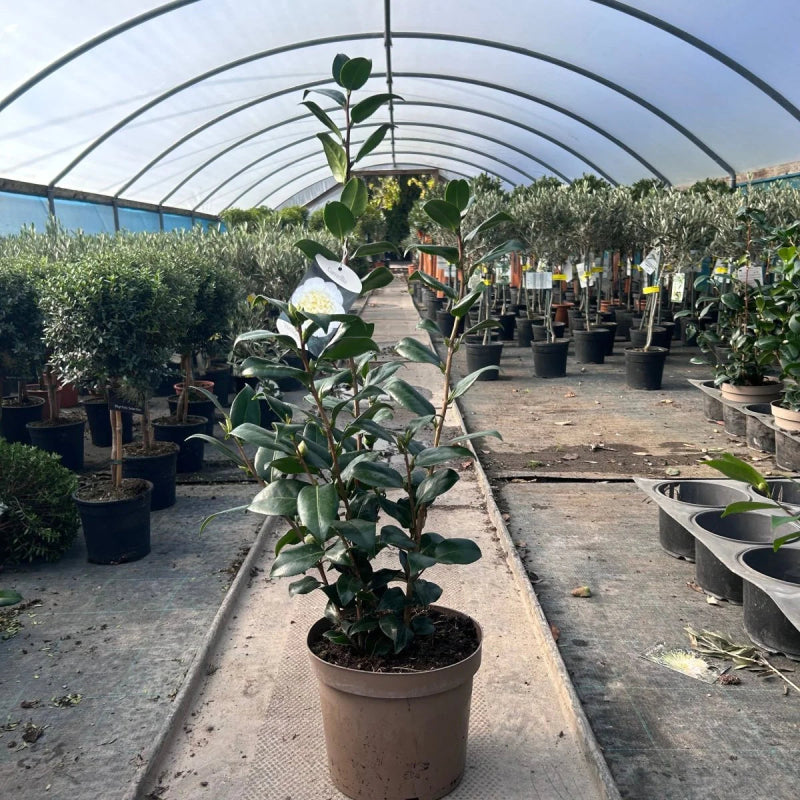Inside this Article:
- Introduction to Camellia Japonica 'Birchfield Yellow'
- Optimal Growing Conditions in the UK
- Planting and Soil Requirements
- Watering and Feeding
- Pruning and Maintenance
- Protecting from Pests and Diseases
- Winter Care
- Avoid these 5 Mistakes When Growing and Planting Camellias
- FAQs About Camellia Japonica 'Birchfield Yellow' Care
- Q: What makes 'Birchfield Yellow' unique among camellias?
- Q: How much sun does 'Birchfield Yellow' need?
- Q: What type of soil is best for 'Birchfield Yellow'?
- Q: How often should I water 'Birchfield Yellow' in the UK?
- Q: Does 'Birchfield Yellow' require much pruning?
- Q: How do I protect 'Birchfield Yellow' in winter?
Introduction to Camellia Japonica 'Birchfield Yellow'
Camellia Japonica 'Birchfield Yellow' is a prized variety known for its unique yellow-toned flowers, a rarity among camellias. This guide is tailored to help UK gardeners cultivate and maintain this beautiful plant. Characterized by its glossy, dark green leaves and stunning, peony-like flowers, 'Birchfield Yellow' adds a splash of elegance to any garden setting.
Optimal Growing Conditions in the UK
In the UK's temperate climate, Camellia Japonica 'Birchfield Yellow' thrives in a sheltered position with partial shade. It prefers acidic, well-drained soil, rich in organic matter. Although it is tolerant of cold, protection from harsh winter winds and frosts is beneficial.
Planting and Soil Requirements
When planting 'Birchfield Yellow', choose a location that avoids early morning sun, which can damage the flowers in spring if they defrost too quickly after a frost. The soil should be acidic (pH 5.5 to 6.5) and well-draining. If your garden soil is not naturally acidic, consider using ericaceous compost.
Watering and Feeding
Regular watering is essential, especially during dry spells. Camellias prefer consistently moist soil but not waterlogged conditions. Feeding with a camellia-specific or ericaceous fertilizer in spring and early summer will support healthy growth and flowering.

Pruning and Maintenance
Pruning is generally minimal and should be done just after flowering to shape the plant or remove any dead or weak branches. Regularly removing spent flowers and any fallen leaves helps in preventing disease.
Protecting from Pests and Diseases
While generally robust, 'Birchfield Yellow' can be susceptible to pests like aphids and diseases like camellia leaf gall. Regular inspections and prompt treatment of any issues are key to maintaining plant health.
Winter Care
In the UK, camellias may need some winter protection. Apply a mulch around the base to protect roots from freezing temperatures and consider using a fleece cover during extreme cold spells, especially for younger plants.
Avoid these 5 Mistakes When Growing and Planting Camellias
See this great video from Walking Talking Gardeners
FAQs About Camellia Japonica 'Birchfield Yellow' Care
Q: What makes 'Birchfield Yellow' unique among camellias?
A: Its distinctive yellow-toned flowers set it apart from other camellias, which typically have white, pink, or red blooms.
Q: How much sun does 'Birchfield Yellow' need?
A: It prefers partial shade, especially shelter from the morning sun, which can damage flowers following a frost.
Q: What type of soil is best for 'Birchfield Yellow'?
A: Acidic, well-drained soil rich in organic matter is ideal for this variety of camellia.
Q: How often should I water 'Birchfield Yellow' in the UK?
A: Water regularly to maintain moist soil, especially in dry periods, but avoid waterlogging.
Q: Does 'Birchfield Yellow' require much pruning?
A: Minimal pruning is needed, primarily after flowering to shape the plant and remove dead or weak branches.
Q: How do I protect 'Birchfield Yellow' in winter?
A: Apply mulch around the base and consider a fleece cover during extreme cold, especially for younger plants.


